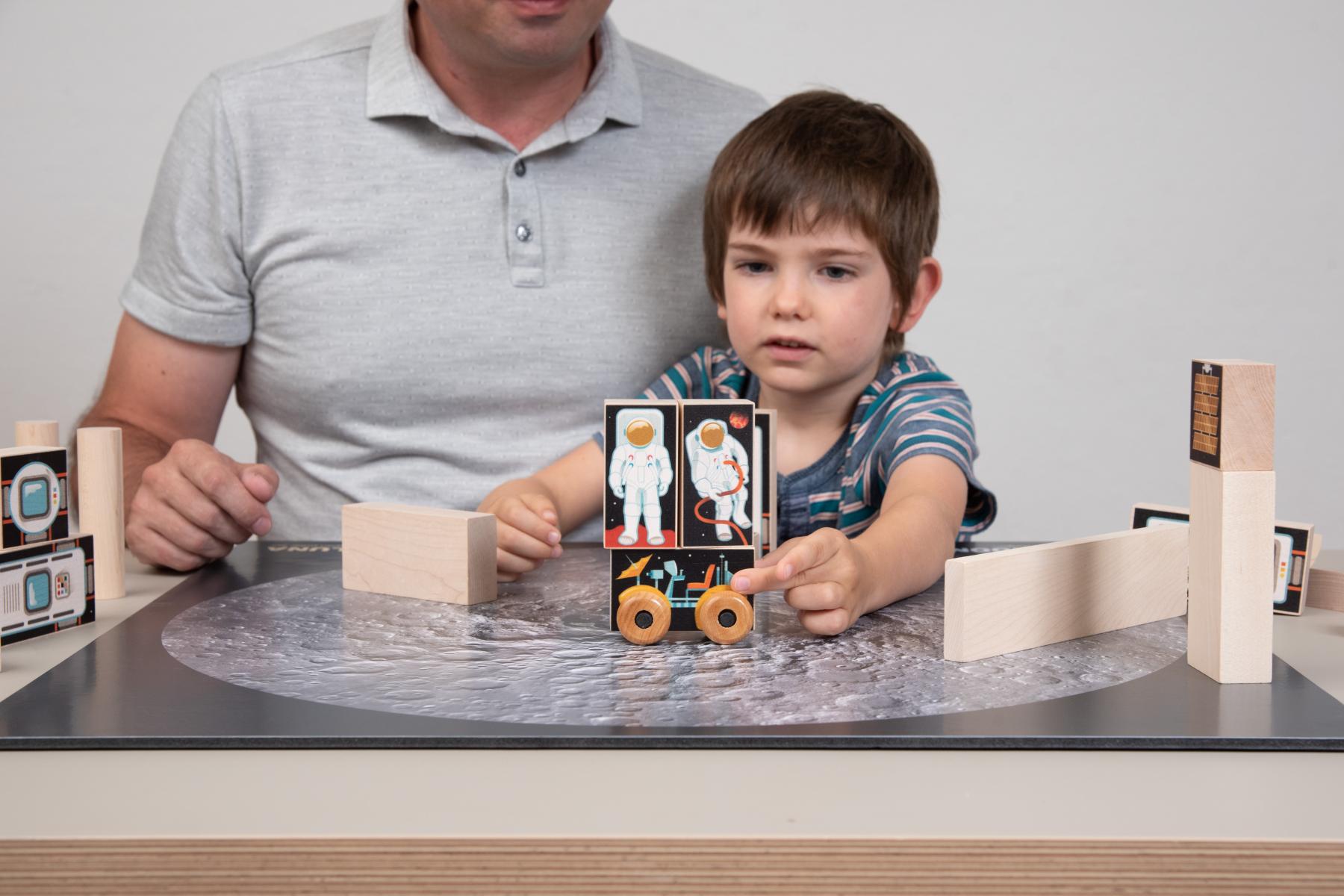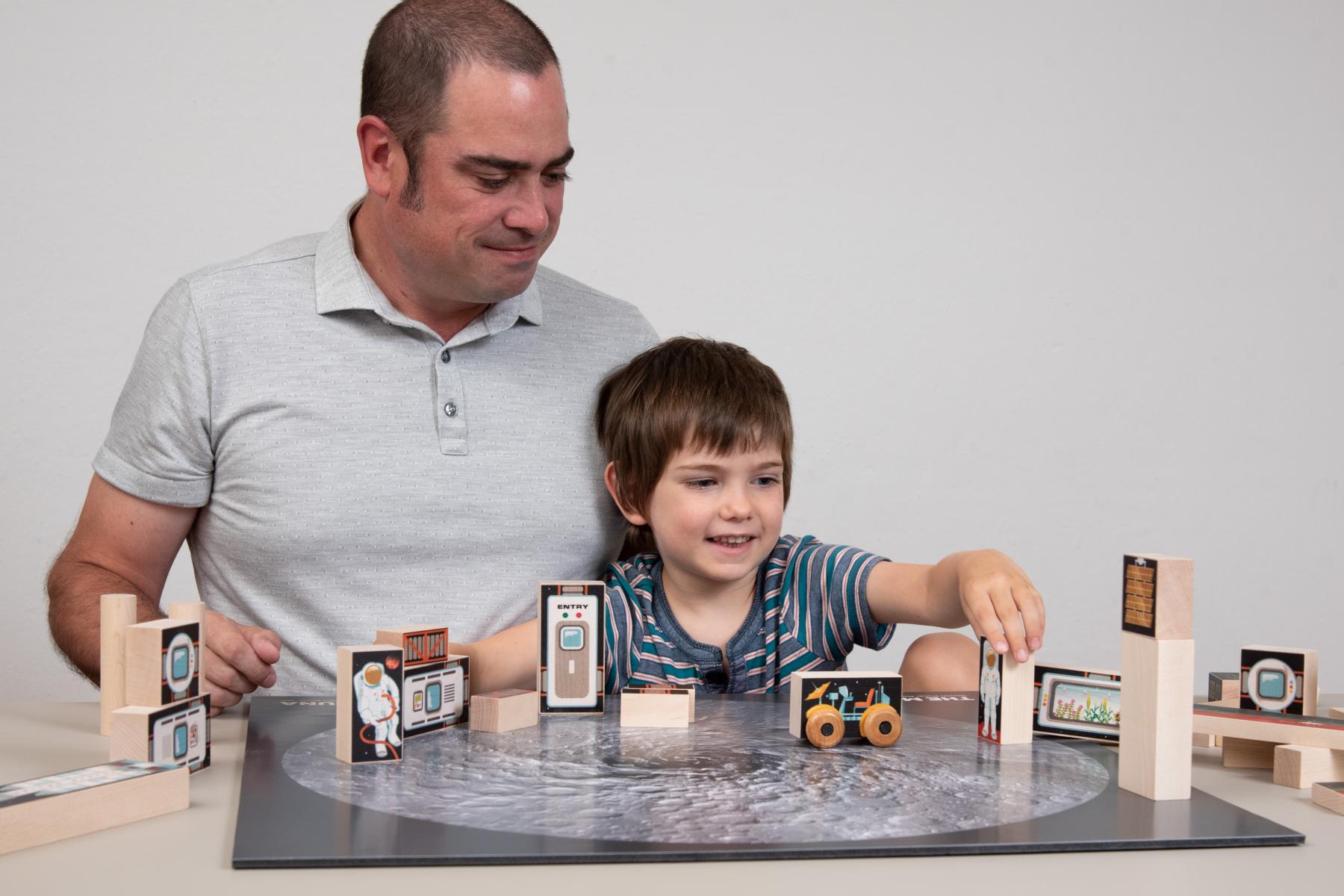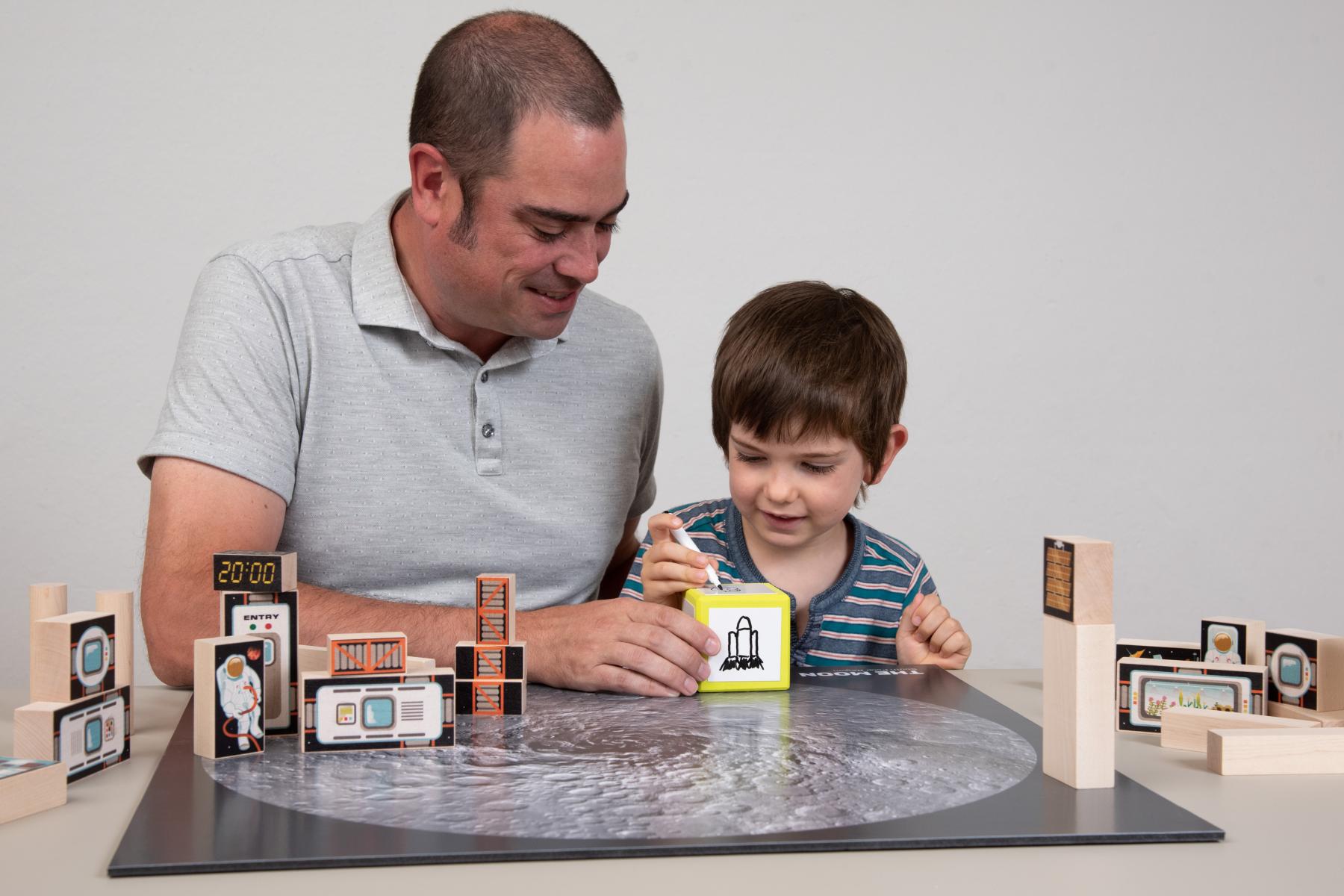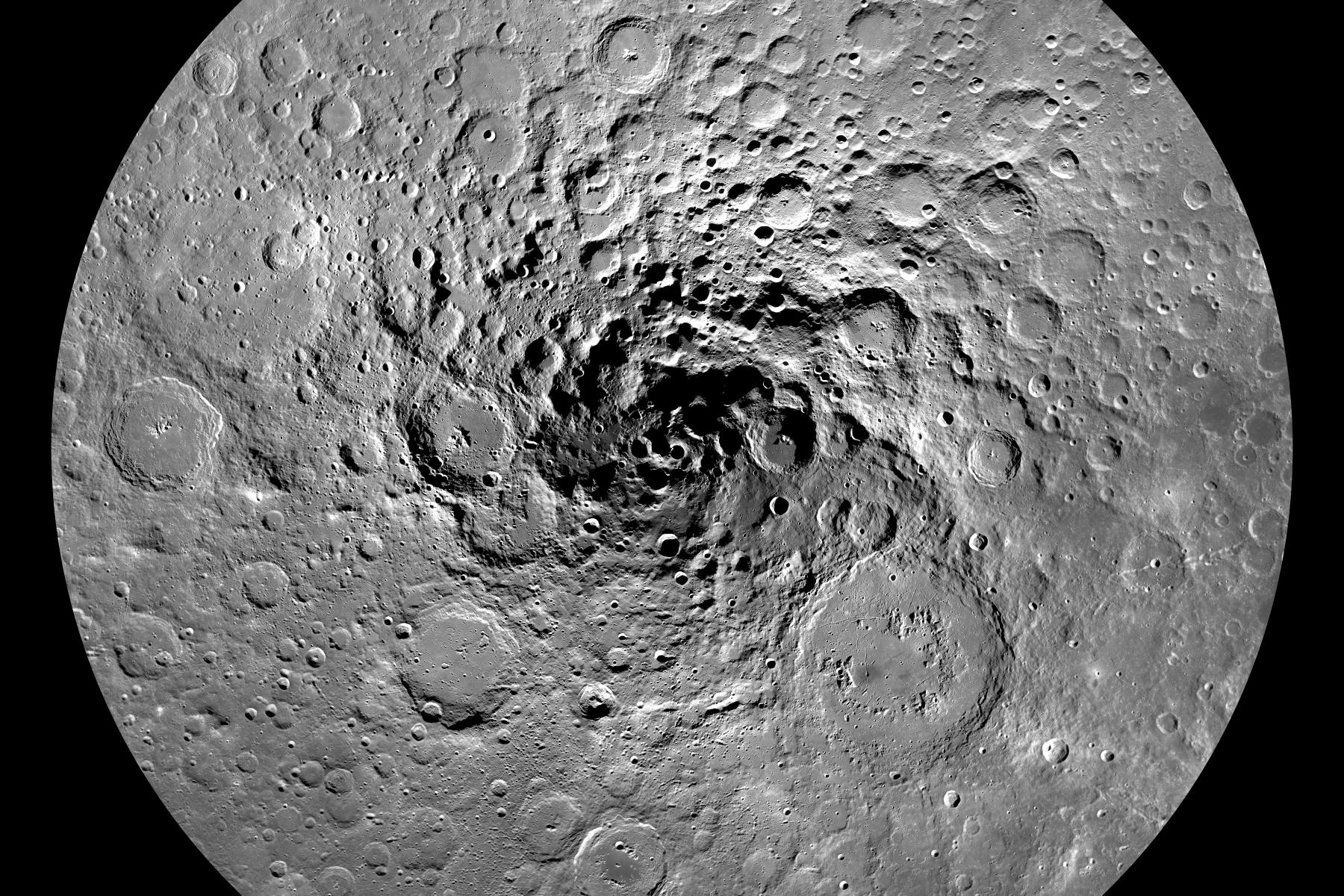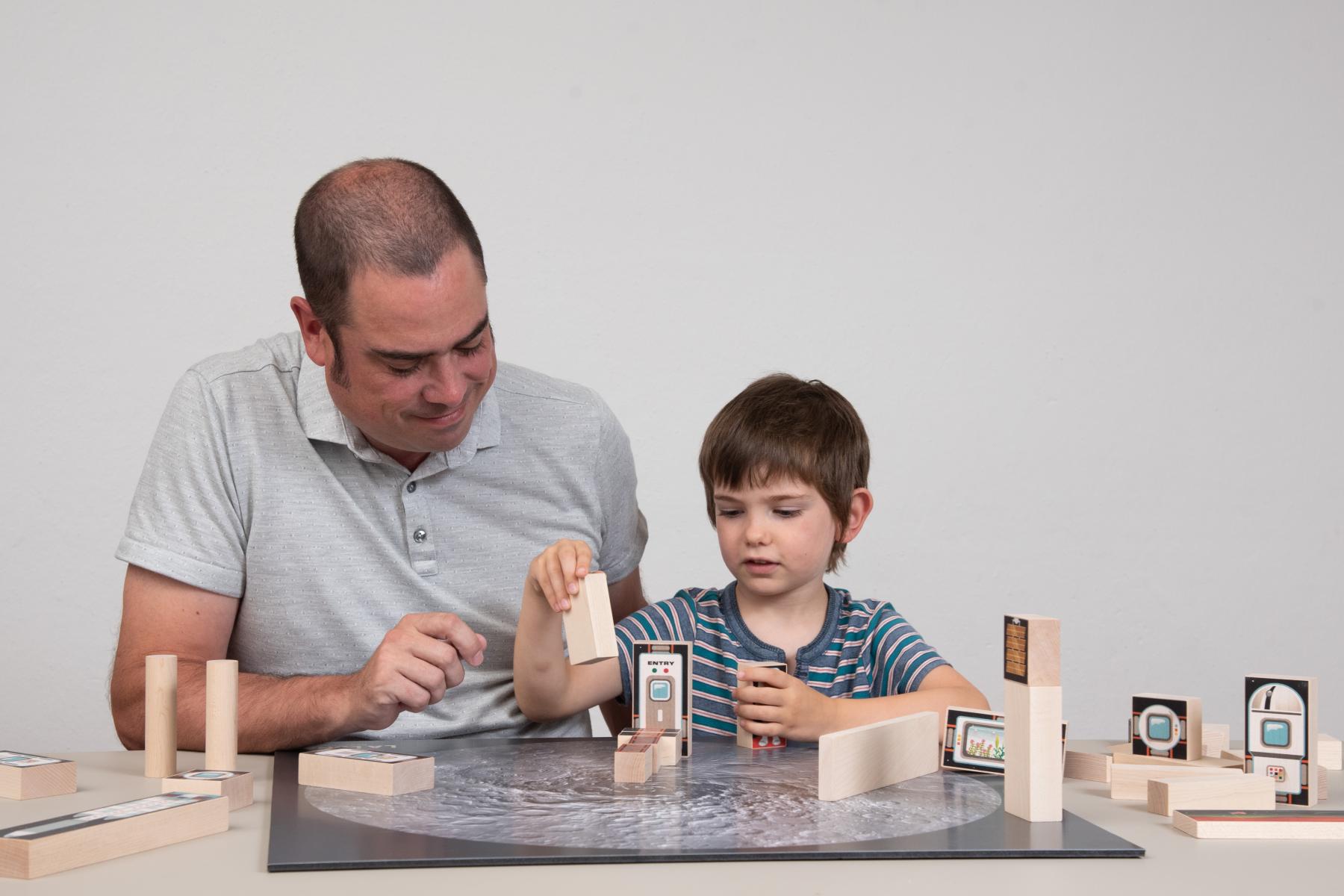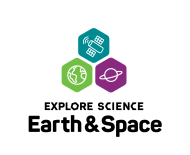DESCRIPTION
"Exploring the Solar System: Story Blocks" is a creative, open-ended collaborative storytelling activity. The goal of this activity is to allow for conversation and play while also guiding children and caregivers to develop a strong story about science and exploration. Some participants may be perfectly happy to just play with the blocks and use their imaginations, and that’s okay! Other groups may seem eager for a bit more facilitation and interaction. While learners play with the blocks and build their imaginary worlds, they’ll soon discover how complicated it is to plan a mission to the Moon. By telling a story, children will learn that astronauts visited the Moon in the past; they’ll also explore the idea that NASA plans to go back to the Moon to make even more discoveries. The young learners will also do a little bit of what scientists do by considering new ideas and asking questions about the unknown.
DESCRIPTION
"Exploring the Solar System: Story Blocks" is a creative, open-ended collaborative storytelling activity. The goal of this activity is to allow for conversation and play while also guiding children and caregivers to develop a strong story about science and exploration. Some participants may be perfectly happy to just play with the blocks and use their imaginations, and that’s okay! Other groups may seem eager for a bit more facilitation and interaction. While learners play with the blocks and build their imaginary worlds, they’ll soon discover how complicated it is to plan a mission to the Moon. By telling a story, children will learn that astronauts visited the Moon in the past; they’ll also explore the idea that NASA plans to go back to the Moon to make even more discoveries. The young learners will also do a little bit of what scientists do by considering new ideas and asking questions about the unknown.
TRAINING VIDEOS
OBJECTIVES
BIG IDEA
We imagine and tell stories—using images, characters, and emotions— to communicate our ideas and dreams.
LEARNING GOALS
Moon Story Blocks engages learners in exploring the following ideas:
We imagine and tell stories—using images, characters, and emotions—to communicate our ideas and dreams;
Just like you, scientists, engineers, and artists use their creativity and imagination to tell stories about space missions that might happen in the future;
Future NASA missions will continue to explore the Moon in preparation for the return of humans to its surface.
DOWNLOAD FILES
- Sign (PDF)
- Sign (Spanish) (PDF)
- Facilitator Guide (PDF)
- Activity Guide (Spanish) (PDF)
- Activity Guide (Spanish) (PDF)
- Booklet (PDF)
- Booklet (Spanish) (PDF)
- Cards (PDF)
- Cards (Spanish) (PDF)
- Info Sheet 1 (PDF)
- Info Sheet 1 (Spanish) (PDF)
- Info Sheet 2 (PDF)
- Info Sheet 2 (Spanish) (PDF)
- Storytelling Moon Board (PDF)
- Storytelling Moon Board (JPG)
Credits
Sciecenter, Ithaca, NY
This material is based upon work supported by NASA under cooperative agreement award number NNX16AC67A and 80NSSC18M0061. Any opinions, findings, and conclusions or recommendations expressed in this material are those of the author(s) and do not necessarily reflect the view of the National Aeronautics and Space Administration (NASA).
Creative Commons Attribution Non-Commercial Share Alike 3.0 United States (CC BY-NC-SA 3.0 US).
View more details

NISE Network products are developed through an iterative collaborative process that includes scientific review, peer review, and visitor evaluation in accordance with an inclusive audiences approach. Products are designed to be easily edited and adapted for different audiences under a Creative Commons Attribution Non-Commercial Share Alike license. To learn more, visit our Development Process page.

